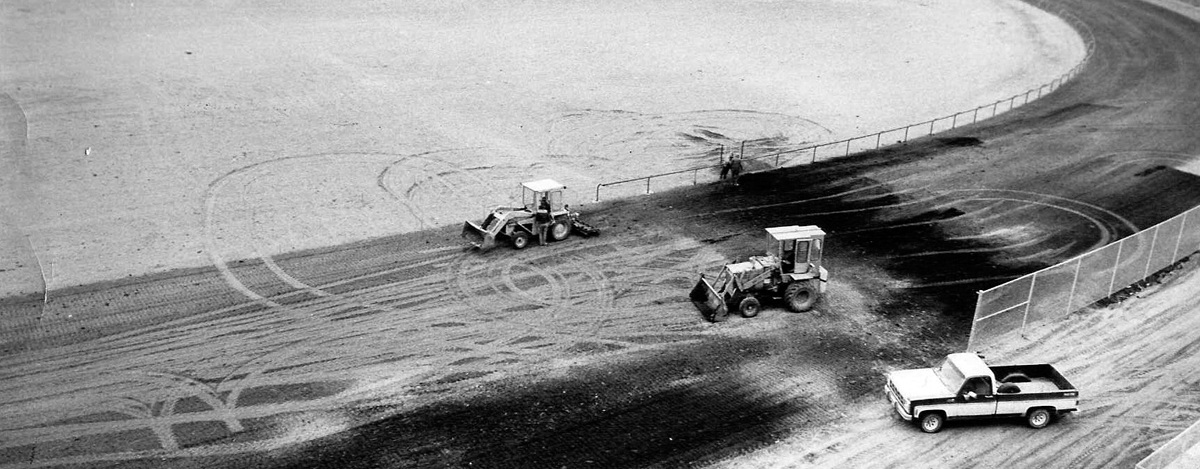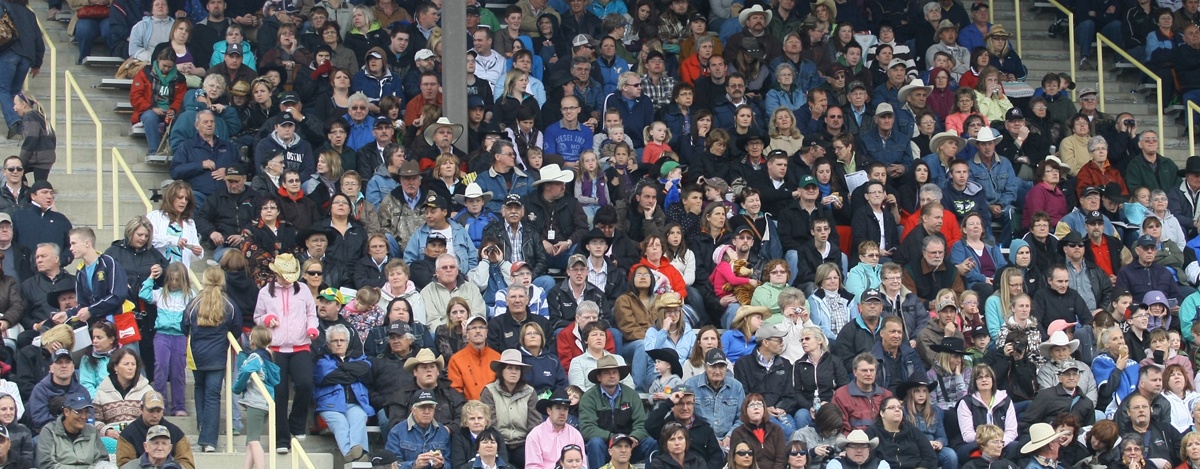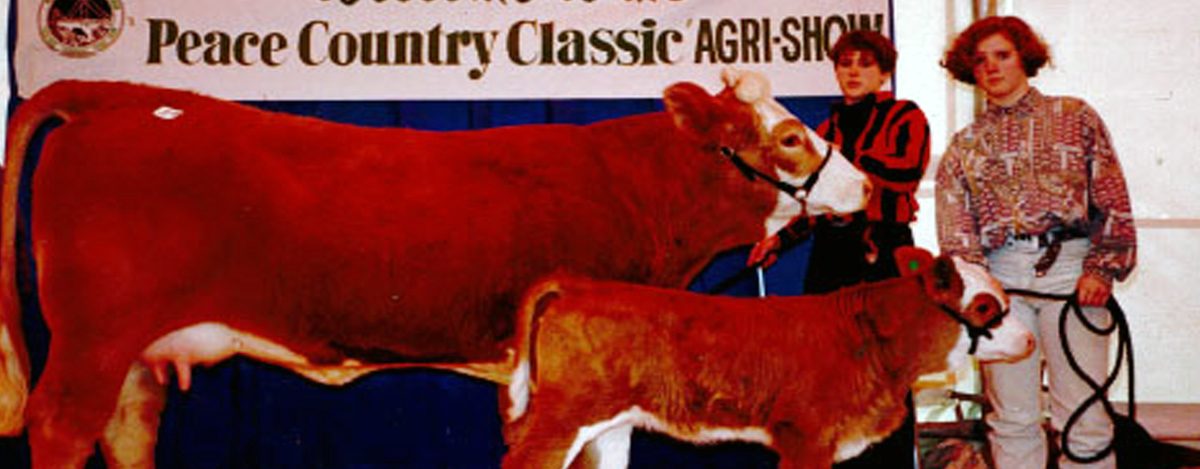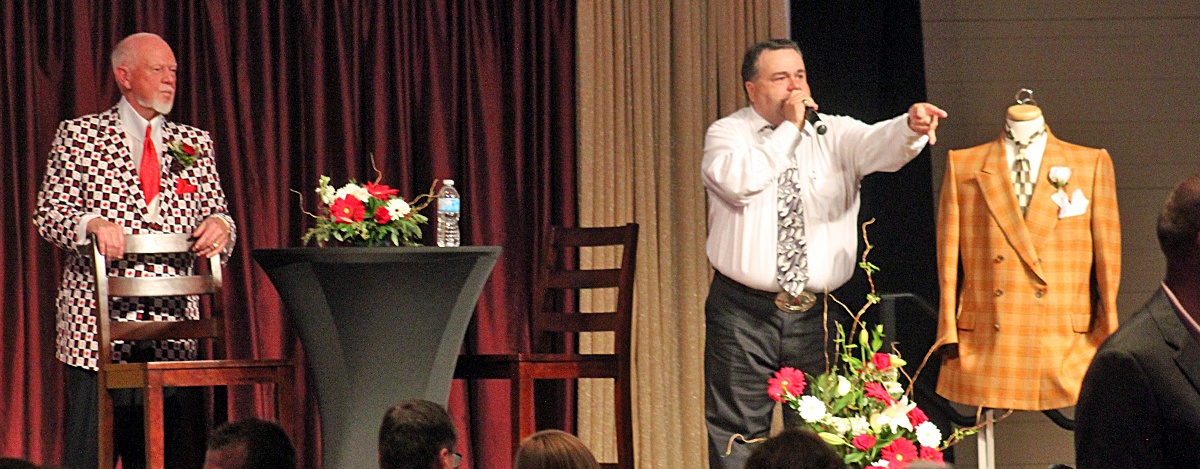Curious to know whether spruce seedlings planted in wetlands soils in the darkest days of winter can survive and even thrive? Just ask the latest winners of the Emerald Awards.
The Evergreen Centre for Resource Excellence and Innovation (ECREI), found on 14 acres (5.7 hectares) of forested terrain just south of Grande Prairie city limits in Evergreen Park, emerged as a big winner at the Alberta Emerald Foundation's awards event in Calgary on Wednesday night.

ECREI won the award for the "community group" category emerald award
"I think it's confirmation that the group is doing the right thing, and being recognized for its contribution to educating the public and the global community at large," said Doug Kulba, a resource assurance specialist with Alberta Environment and Water, and a key player in ECREI.
The fact that the centre is run based on the sweat equity of more than 100 volunteers, including professionals and representatives from industry, was a plus as far as the Emerald Foundation was concerned.
The multitude of industry and government partnerships forged by the Evergreen Centre means it's able to run without any full-time staff or guaranteed funding - aspects that put it at the top of its category, said Alberta Emerald Foundation executive director Emmy Stuebing.
"Often when you think of a community group, you do think of a community garden or a smaller grassroots initiative; there were nominations like that," she said. "This year our judges just felt the Evergreen Centre was the best one."
Thanks to the land provided by the non-profit Grande Prairie Regional Agriculture and Exhibition Society, ECREI was set up in 2009 to dig into research around solutions for environmental challenges faced by industry.
The varied elevation of wetland and alpine boreal forest sites on the area make it a great microcosm for the kind of forest found near many oil sands sites, explained Kulba.
"It's a real-life situation where for industry, if they were doing resource development, it would be a place where everyone could relate to," he said. The site has enough land area to mimic ecosites found within oil sands regions, he said.
While the award carries no cash component, it can be seen as a stamp of approval from an outside, independent voice when it comes to making funding applications, explained Stuebing.

The judges were impressed with the research and the results that are coming out of the centre; if it was all theoretical but not able to be implemented, we wouldn't be recognizing it," she said. "It's important there's tangible results related to a project, and the judges felt there really are some good things coming out of the centre."
The award is "really a stamp of validation," she said, adding the judges are under no obligation to give an award in each category - a project or group must be truly notable in order to win.
A project undertaken with the Canadian Oilsands Innovation Alliance (formerly the Oil Sands Leadership Initiative) and Grande Prairie Regional College involved planting 600 black spruce seedlings in a wetland section in February 2011. So far, it's the centre's most resounding success.
"The project showed greater than 94% survival rate, so it was very successful," said Kulba. Based on that research outcome, 40,000 trees were planted in similar areas of southern Alberta in the Lower Athabasca region.
Low amounts of snow cover in the first year also showed the risks that dry years can pose to such tree plantations.
"We're learning from that, and we're going to make some changes to the feedstock," said Kulba. "That's why we do things; your failures put you one step closer to success. That's an important part of innovation."
Working towards innovative water crossing demonstrations is also a part of ECREI's research.
"When industry is building access roads into facilities, we're looking to reduce the amount of trees that are removed in the forest," said Kulba.
"When we remove trees and take the merchantable timber off, there's always a certain amount of waste, in terms of tops and limbs of trees."
That material is traditionally burned; ECREI is researching how to process that material and use it as part of a road surface, while keeping root structures in place to secure soil on the surface.
"The roots are a reinforcing structure; we want to minimize the amount of surface disturbance, which reduces the amount of erosion and potential repercussions of disturbing the soil in the first place."
With help from industry partners, who supply most of the equipment used at the centre, ECREI is trying to inspire industry to take creative approaches - "striving towards excellence, rather than just meeting the minimum standards," as Kulba put it.
The Emerald Awards began being handed out 21 years ago, and are meant to recognize environmental initiatives undertaken every year by large and small corporations, individuals, non-profit associations community groups and government.
- by Greg Amos, Grande Prairie Daily Herald-Tribune








